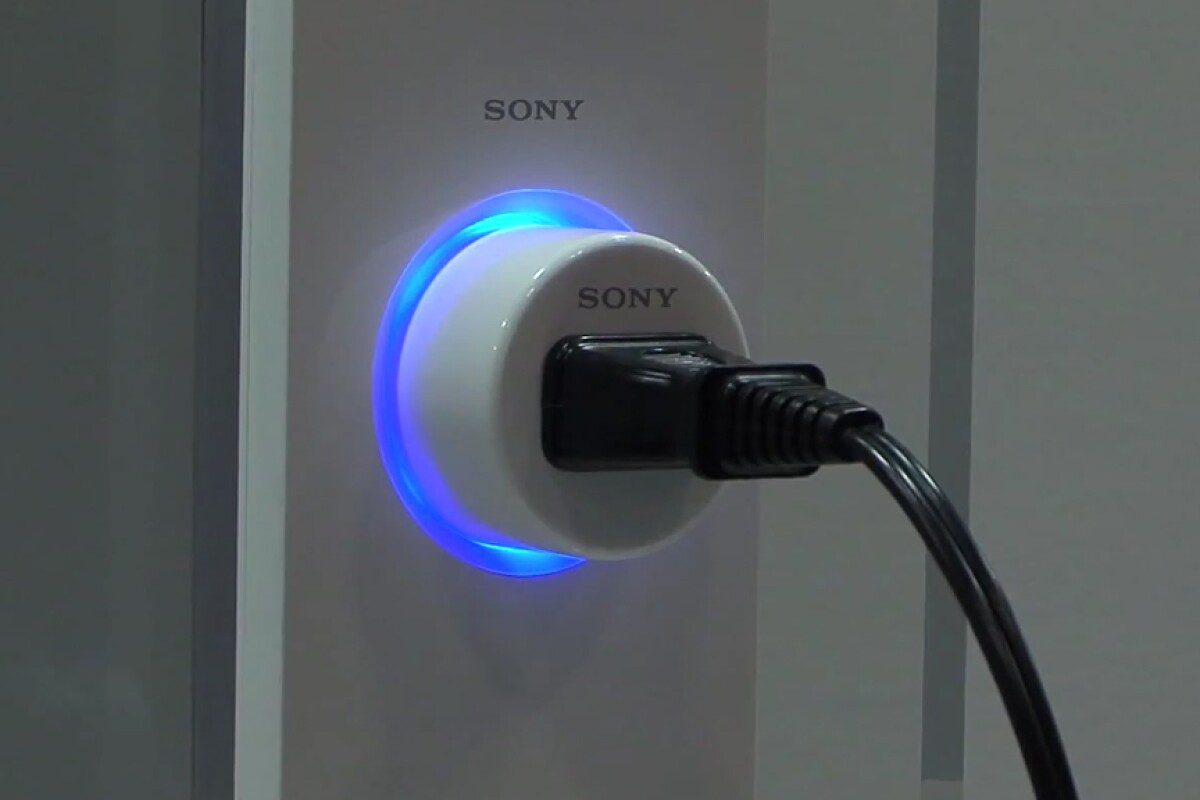Sony has developed a power outlet that can identify devices plugged into it, as well as individuals using the plug. The company says such technology could allow the electricity usage of individual devices to be monitored so non-essential devices could be switched off remotely in the event of limited electricity supply, or for the billing of customers charging their electric vehicles or mobile devices in public places.
The Authentication Power Outlet relies on Sony’s FeliCa technology – a contactless RFID smart card system developed by Sony mainly for use in electronic payment systems, such as Hong Kong’s Octopus card system.
When a device is plugged in, a FeliCa Lite chip built into the plug relays information about the electrical device to a reader/writer built into the outlet. While the plug and outlet communicate through a wireless antenna in the current system, the company is also developing a version that exchanges data through the power cable.
While existing electrical devices will function as normal with the chip-embedded plug, future devices could have the FeliCa chip built in and the outlet-side reader/writer could be located in the distribution board, allowing existing power outlets to be used without modification.

Authenticated devices can be monitored and have their power supply controlled remotely, allowing non-essential devices to be shut off when electricity supply is limited to ensure more essential devices, such as healthcare equipment and refrigerators, remain running.
The system also allows individual users to identify themselves with a wave of a smartcard over the power outlet. This would allow users to be charged and supplied with power from a public electrical outlet for a specific period of time – when charging up an electric vehicle, for example.

Sony hasn’t decided when to release the system commercially, but says it would require the involvement of other manufacturers and power supply companies to be viable.
The video below from DigInfo.TV shows the Authentication Power Outlet system in action.
Source: DigInfo.TV







